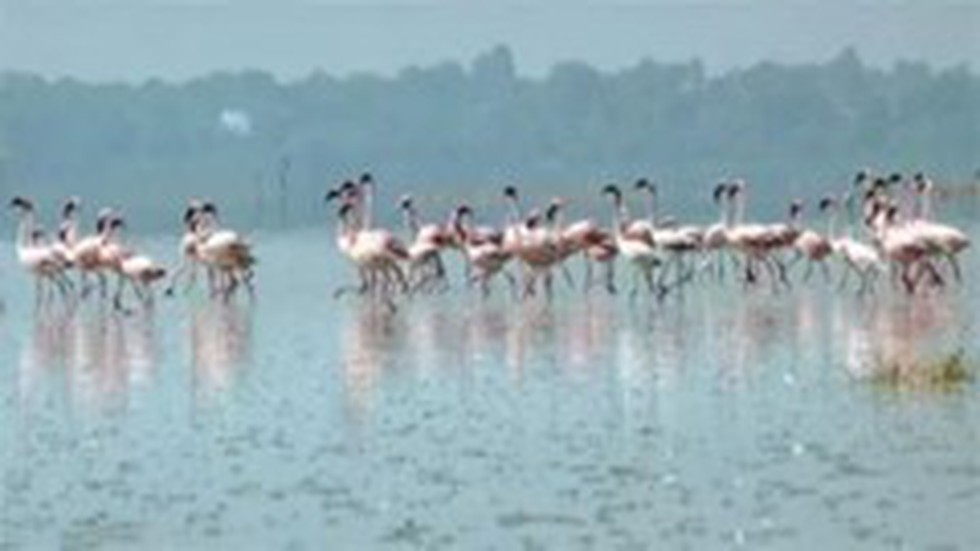About Kanwar Lake:
- It is Asia’s largest freshwater oxbow lake and Bihar’s only Ramsar site.
- It is also known as Kabartal jheel.
- It is a residual oxbow lake, formed due to the meandering of Gandak river, a tributary of Ganga.
- It is covering the majority of the Indo-Gangetic plains in northern Bihar,
- The Wetland is an important stopover along the Central Asian Flyway, with 58 migratory waterbirds using it to rest and refuel.
- It is also a valuable site for fish biodiversity with over 50 species documented.
- Five critically endangered species inhabit the site, including three vultures – the red-headed vulture (Sarcogyps calvus), white-rumped vulture (Gyps bengalensis) and Indian vulture (Gyps indicus) – and two waterbirds, the sociable lapwing (Vanellus gregarius) and Baer’s pochard (Aythya baeri).
- Threats: Major threats to the site include water management activities such as drainage, water abstraction, damming and canalization.
What is the Ramsar Convention?
- This convention was signed on 2nd February 1971 to preserve the ecological character of their wetlands of international importance.
- It is named after Ramsar, the Iranian city where the treaty was signed in 1971, and places chosen for conservation under it are given the tag ‘Ramsar site’.
- At present there are total 75 Ramsar site India.
